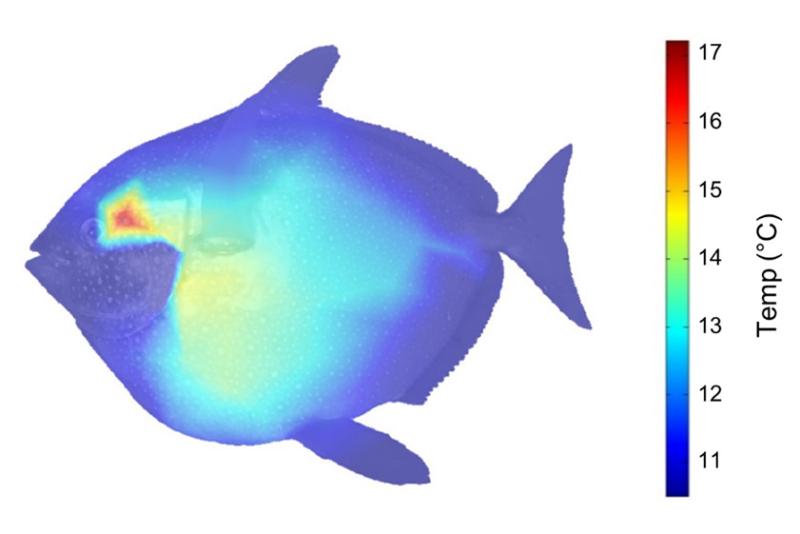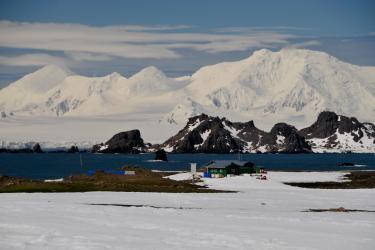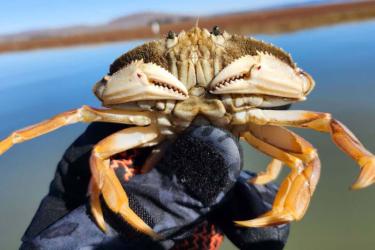
Growing up to 4 feet long and weighing up to 180 pounds, opah (Lampris spp.) or "moonfish," are a closely related group of six large pelagic fish species found worldwide in temperate and tropical waters, two of which (L. incognitus and L. megalopsis) occur seasonally off the coasts of California and Mexico. Opah is a terrific source of Omega 3s and a culinary surprise for the diversity of the tastes and textures it offers to chefs.
A recent study by scientists from NOAA Fisheries found opah to be warm-blooded, capable of producing heat through the constant "flapping" of its pectoral fins, and minimizing heat loss through counter-current heat exchangers in the gills. This ability to heat and distribute warm blood throughout the body, including to the heart, creates seven distinct types of meat within the fish, each with a unique flavor and texture profile that allow for a wide range of culinary applications.
One challenge that the seafood industry and chefs are working on is full use and reduction of waste during the processing of opah. Currently, a considerable portion of the fish is discarded, reducing revenue for commercial fishermen and depriving the local community of a greater range of locally sourced seafood products. But this is changing.
Catalina Offshore Products, based in San Diego, was recently awarded a Saltonstall-Kennedy Grant by NOAA to find ways to increase use of the whole fish and thereby reduce waste by using a "culinary engineering" approach. Building on their experience with opah, Catalina Offshore will work with scientists from the Southwest Fisheries Science Center, local fishermen, and innovative chefs to further develop proper at-sea handling procedures and exquisite in-kitchen opah recipes. Opah tacos anyone?



For more information, contact sarah.mesnick@noaa.gov.


